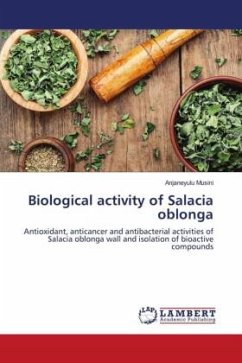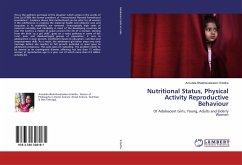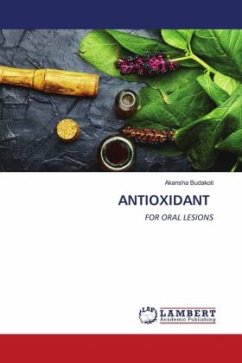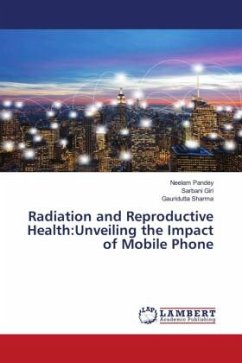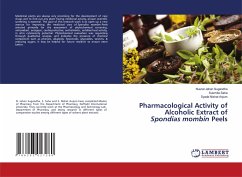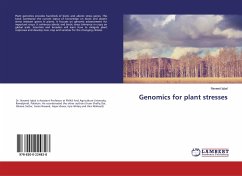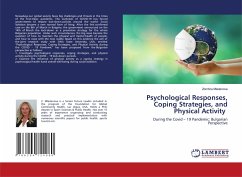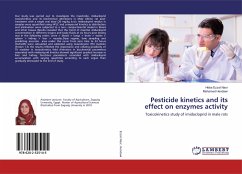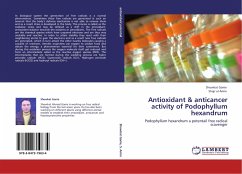
Antioxidant & anticancer activity of Podophyllum hexandrum
Podophyllum hexandrum a potentail free radical scavenger
Versandkostenfrei!
Versandfertig in 6-10 Tagen
39,99 €
inkl. MwSt.

PAYBACK Punkte
20 °P sammeln!
In biological system the generation of free radicals is a normal phenomenon. Sometimes these free radicals are generated in such an amount that the body s defense mechanism is not able to remove them and as a result stress is developed in the body. This process is called as the oxidative stress and may be defined as a shift in the prooxidant- antioxidant balance towards the oxidants or peroxidants. The free radicals are the chemical species which have unpaired electrons and are thus very unstable and reactive. In order to attain stability they react with their neighboring atoms to gain the ele...
In biological system the generation of free radicals is a normal phenomenon. Sometimes these free radicals are generated in such an amount that the body s defense mechanism is not able to remove them and as a result stress is developed in the body. This process is called as the oxidative stress and may be defined as a shift in the prooxidant- antioxidant balance towards the oxidants or peroxidants. The free radicals are the chemical species which have unpaired electrons and are thus very unstable and reactive. In order to attain stability they react with their neighboring atoms to gain the electrons and as a result new free radicals are generated, which in turn attack the other nearby molecules causing a cascade of reactions. Aerobic organisms use oxygen to oxidize food and obtain the energy, a phenomenon essential for their sustenance. But during this oxidation process the oxygen molecule itself get reduced and form an intermediate called as the reactive oxygen species (ROS). The intermediates that are formed during the oxidizing process are hydro peroxide radicals (HO2), Superoxide radicals (O2-), Hydrogen peroxide radicals (H2O2) and hydroxyl radicals (OH ).



